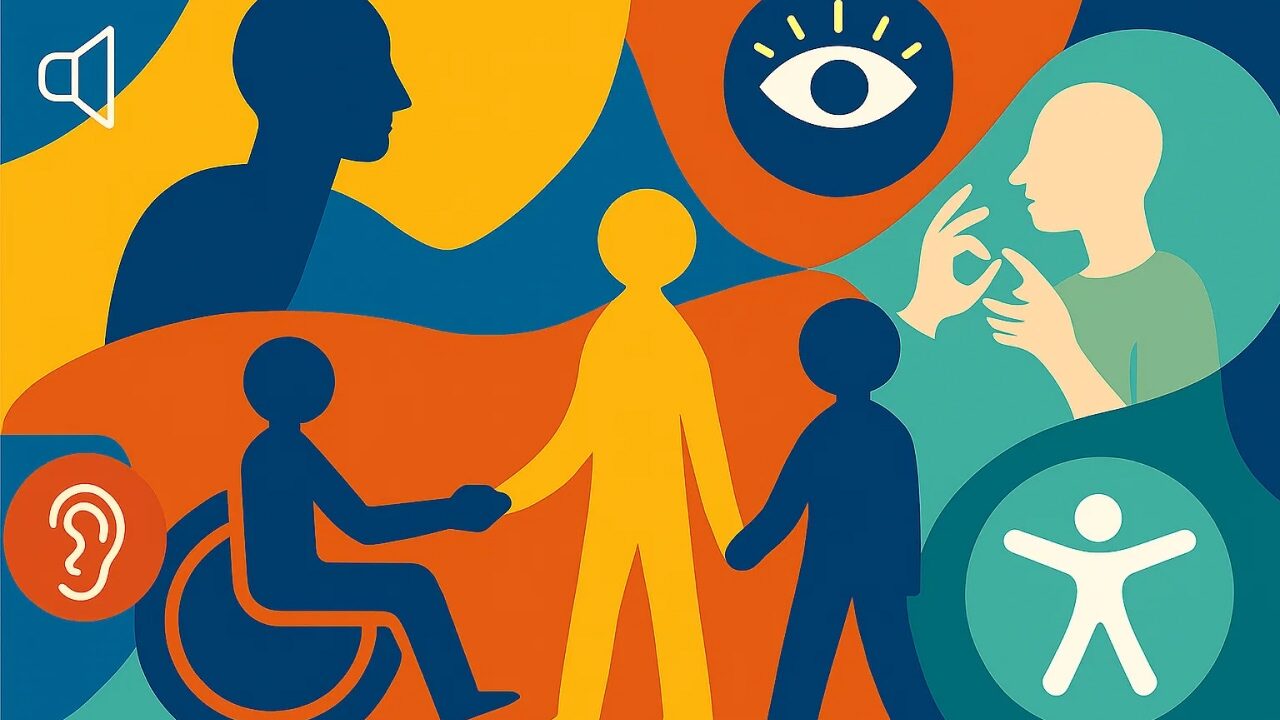Why Accessibility Matters Beyond the Physical
When most people hear the word “accessibility,” they think of wheelchair ramps or screen readers for the visually impaired. But accessibility goes far beyond the physical. Millions of people experience cognitive challenges—conditions that affect how they learn, focus, remember, make decisions, or communicate.
Designing with cognitive accessibility in mind isn’t just an act of empathy. It’s a way to create digital products that are easier, clearer, and more effective for everyone.
What Is Cognitive Accessibility?
Cognitive accessibility means designing products, services, and experiences that are usable by people with a wide range of cognitive abilities. This includes people with learning disabilities, ADHD, autism, dyslexia, traumatic brain injury, or age-related memory loss.
It touches how users:
- Learn information
- Focus on tasks
- Make decisions
- Recall steps and content
- Communicate with others
When we simplify and clarify these interactions, we reduce frustration, increase inclusion, and improve overall usability.
Why Cognitive Accessibility Matters
- Wider Reach, Bigger Impact
Roughly 1 in 7 people worldwide lives with some form of cognitive difference. By excluding them, businesses limit their audience and potential growth. - Better Experiences for All Users
Clearer navigation, simpler language, and structured layouts help everyone—whether they’re multitasking, tired, or stressed. - Legal & Ethical Responsibility
Accessibility standards like WCAG 2.2 increasingly include cognitive guidelines. But beyond compliance, it’s about creating fair and inclusive digital spaces. - Business Value
Inclusive products build trust and loyalty. A brand that considers accessibility signals professionalism, responsibility, and care.
Examples of Cognitive Barriers in Design
- Overly complex forms with too many steps
- Jargon-heavy instructions or technical terms
- Websites cluttered with distracting visuals
- Interfaces that don’t save progress or support recall
- Navigation menus with unclear labels
These aren’t just accessibility issues—they’re usability issues. If your design confuses or overwhelms users, they’ll leave.
A Simple Shift in Perspective
Cognitive accessibility is not about creating “special” versions of products. It’s about good design principles applied universally: clarity, consistency, and empathy.
When you design for cognitive accessibility, you’re not just helping a subset of users—you’re improving usability for everyone.
Final Thoughts
Cognitive accessibility is the future of inclusive design. By addressing how people learn, focus, remember, decide, and communicate, we create digital experiences that empower rather than exclude.
Accessibility isn’t just a compliance checkbox—it’s a design mindset. And when businesses adopt it, they gain more engaged, loyal, and satisfied customers.
👉 Up next in this series: Designing for Easy Learning – how to make digital content understandable, intuitive, and user-friendly.
